
5 Great Book Club Picks
Book club going digital? We’ve rounded up some of our Forge book club favorites that all have reading group guides to spark your discussion!

Book club going digital? We’ve rounded up some of our Forge book club favorites that all have reading group guides to spark your discussion!
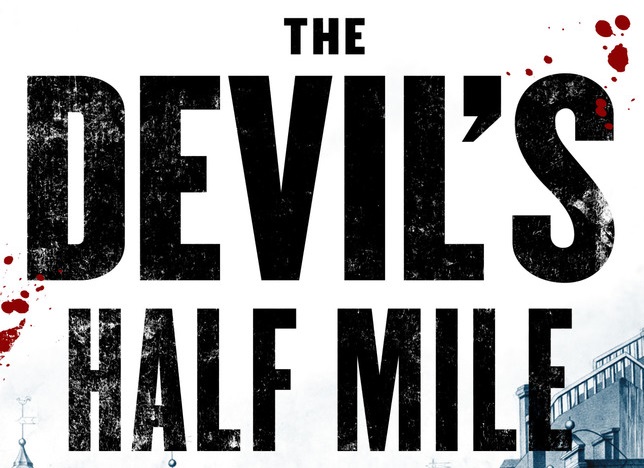
The ebook edition of The Devil’s Half Mile by Paddy Hirsch is on sale now for only $2.99! Get your copy today! About The Devil’s Half Mile: Seven years after a financial crisis nearly toppled America, traders chafe at government regulations, racial tensions are rising, gangs roam the streets and corrupt financiers make back-door deals…
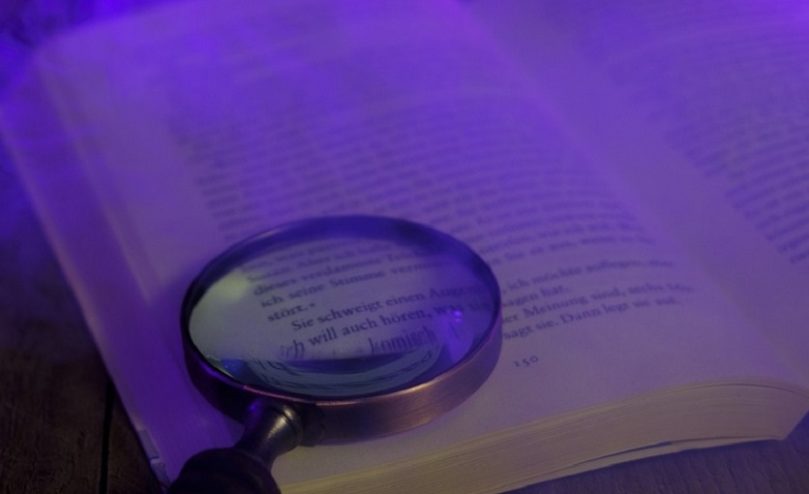
Six Mysteries That Kept Us On Our Toes In 2019 By Alison Bunis How was your 2019? Did you hit your Reading Challenge goal of 25 books by the end of the year? Or however many books you wanted to read? If so, color me impressed! If not, we’ve got a few suggestions here with…

Here’s where you can catch our authors on tour in November!
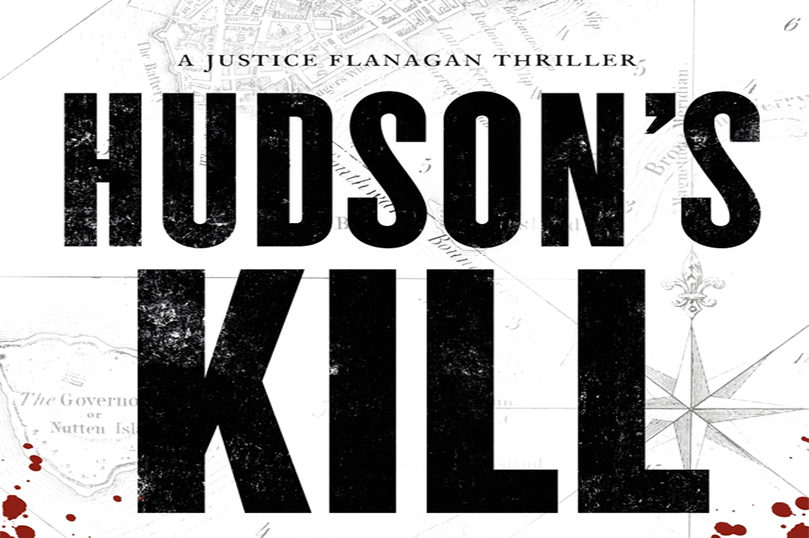
Listen to an audiobook excerpt of Hudson’s Kill by Paddy Hirsch!

Jenn Lyons, Cora Carmack, W. Bruce Cameron, and more all have events this month!
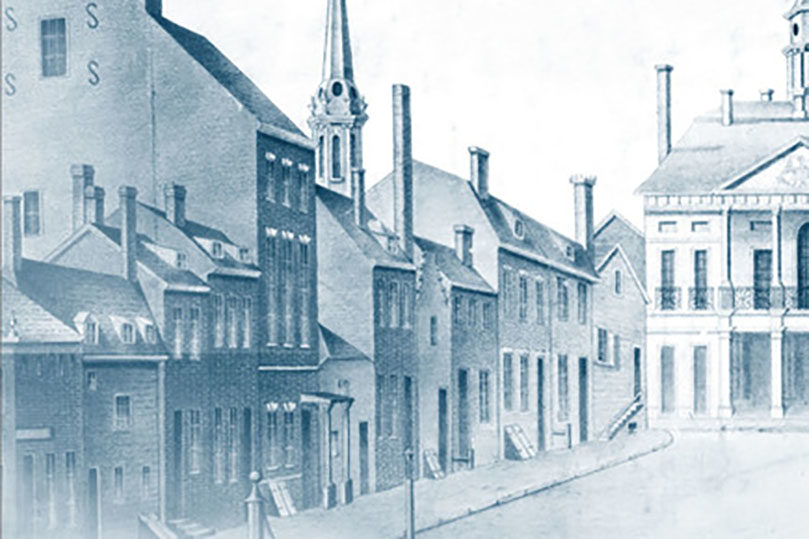
Enjoy this free Reading Group Guide for The Devil’s Half Mile by Paddy Hirsch!

Paddy Hirsch’s upcoming historical mystery tells the story of a fictional murder in New York City 1803, but he took inspiration from other famous murders of the time.
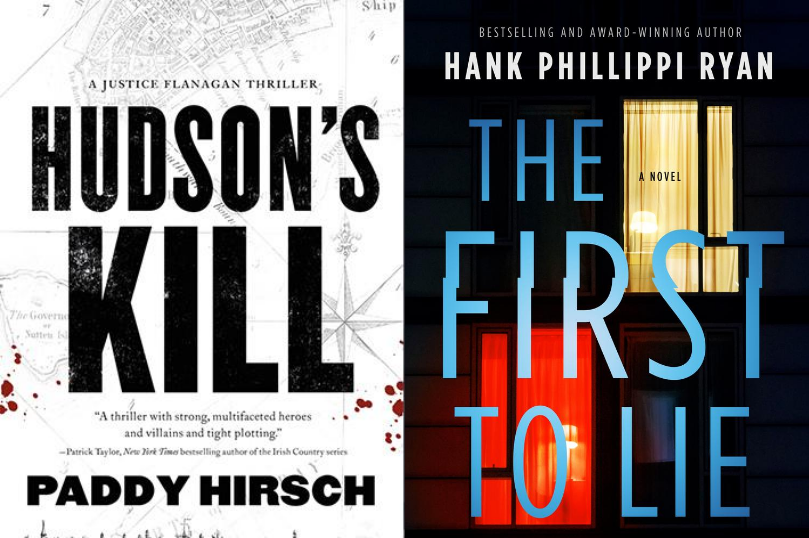
The First to Lie author Hank Phillippi Ryan interviews Hudson’s Kill author Paddy Hirsch.

Explore downtown New York in 1799 as seen in Paddy Hirsch’s new historical novel The Devil’s Half Mile with this interactive map, including photos and clips from the audio book.